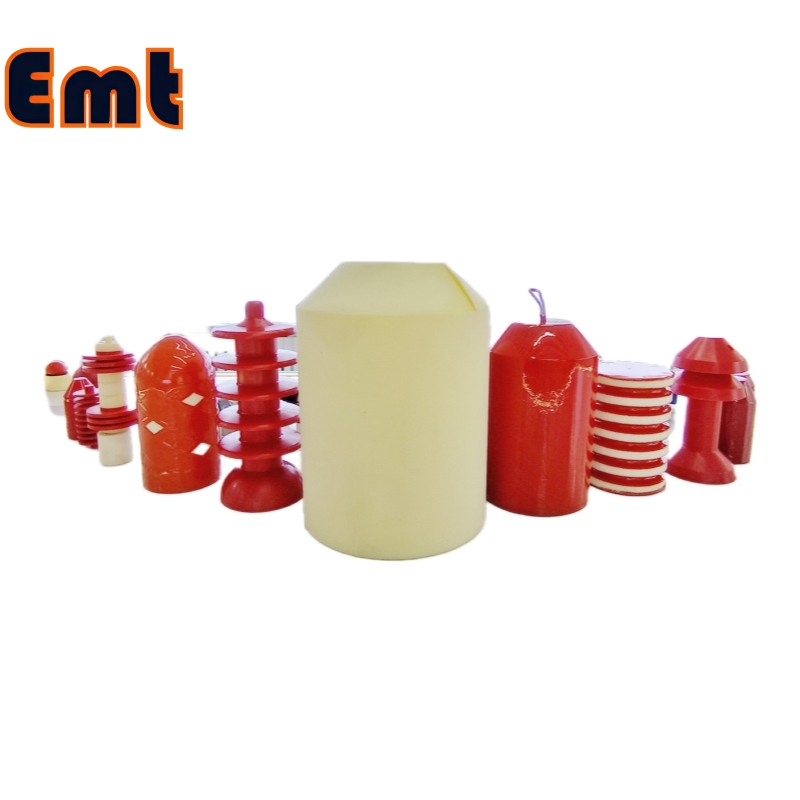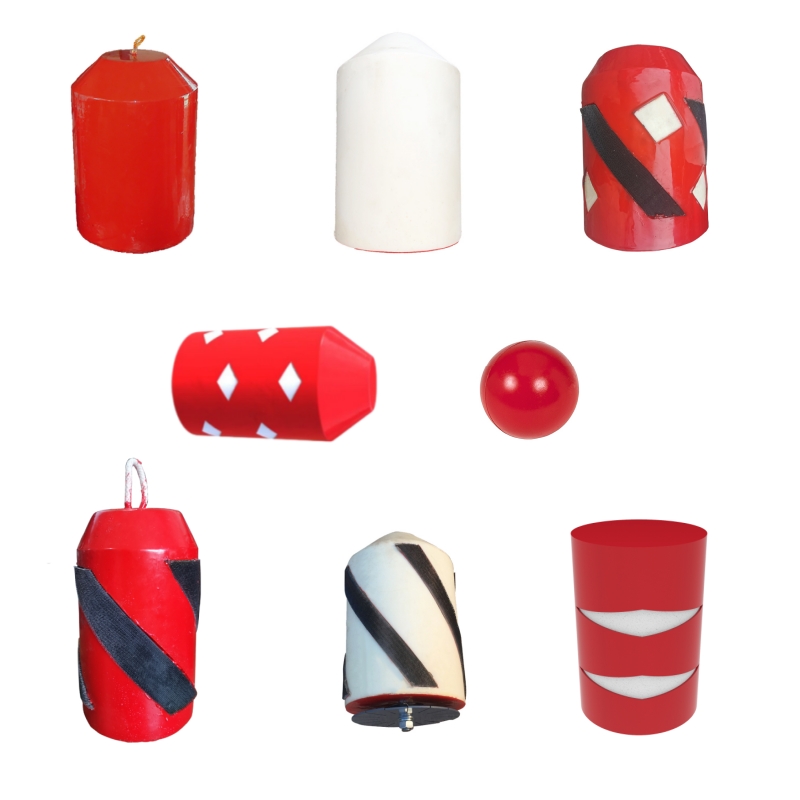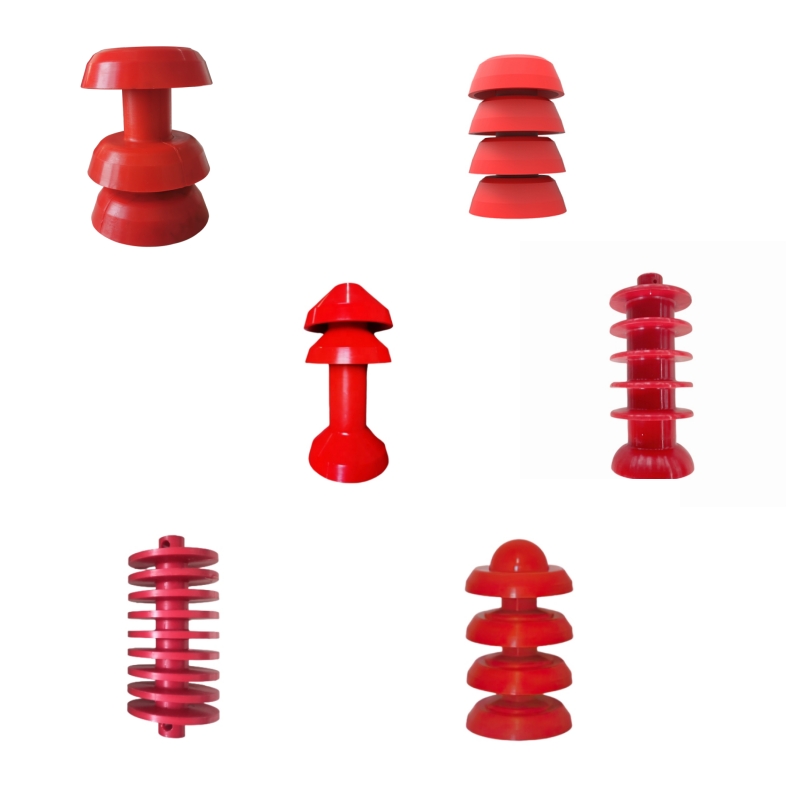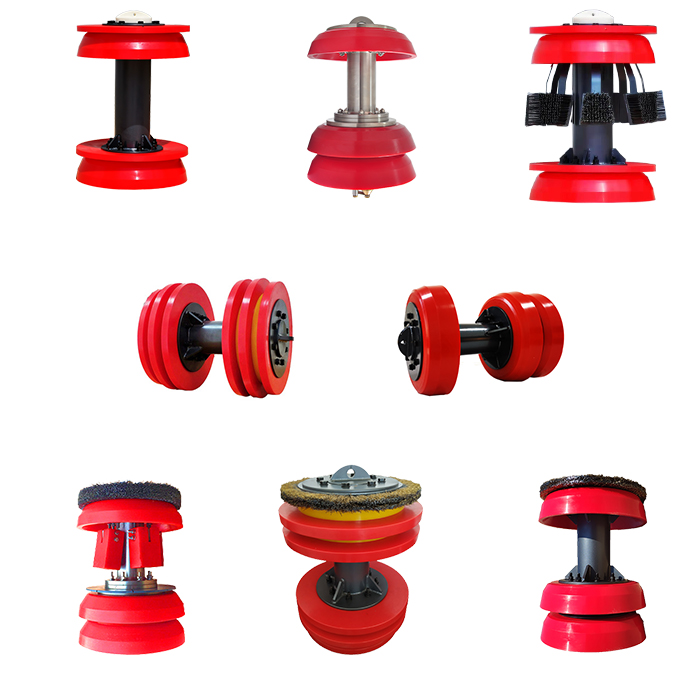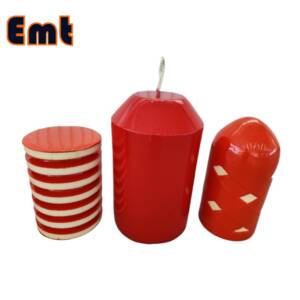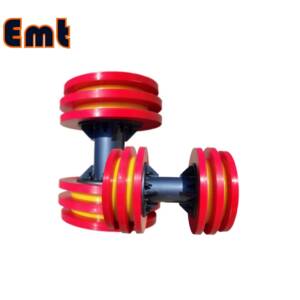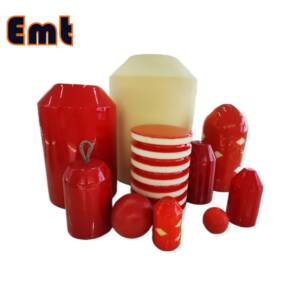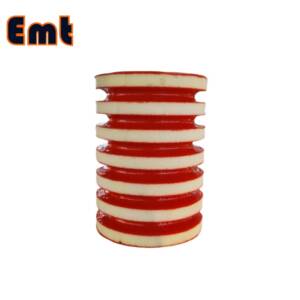Description
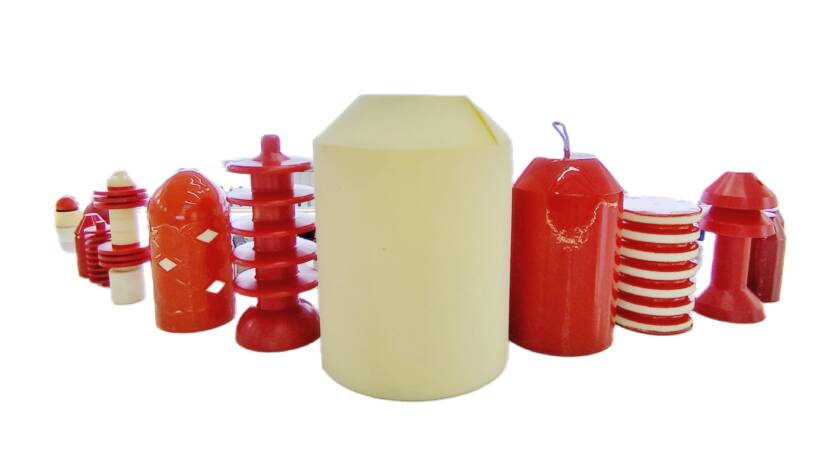
1. Description
A pipe cleaner device is an indispensable and important part of the pipe cleaning system.It is a special tool that gas, liquid, or pipeline drive to convey medium to clean and recover the remaining products in the pipeline. And people equip it with a transmitter and a receiver, as well as a magnetic sensor. It can also be fitted with other supporting accessories to complete complex pipeline operation tasks. And it is also called a pipe cleaning ball, scraping ball, or “pig”. Wikipedia says a pipe cleaner (scraping ball) in the pipeline industry is a tool that is transmitted down the pipeline and is driven by the pressure of the product flow in the pipeline itself. Pipe cleaner device has two main uses: physical isolation between different fluids flowing through the pipeline,and cleaning the inside of the pipeline.
2. Two common types
The pipe cleaner is a cylindrical body with a conical head made of foam rubber or foam plastic, and various wear-resistant scraping materials are cross-wound and coated on its tail or surface. The characteristics are soft material, good elasticity, and easy-to-pass-through elbows with a small curvature radius. It is mainly working for dewatering and drying inside the pipeline. After adding other auxiliary equipment, it can remove impurities such as scale and corrosion products in the pipeline and can work for pipeline detection and tracking. According to customer requirements for pipeline diameter and length, we can provide a variety of specifications.
There are two types of conventional foam pipe cleaners: one is processed from sponge products, and the other is molded from polyurethane materials.
Sponge pipe cleaner
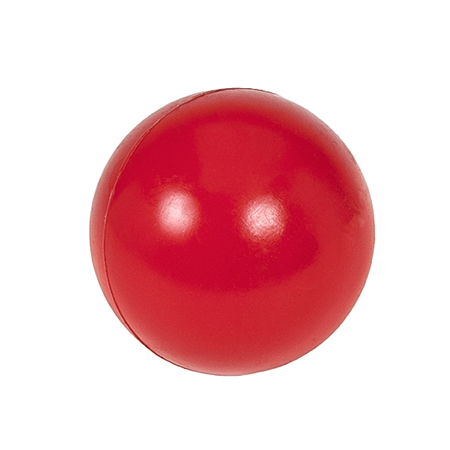
The advantages of sponge products are simple processing, relatively low price, and good water absorption performance; the disadvantages are easy to break and short effective running distance. Sponge pipe cleaner is a tool working for pipeline cleaning, usually made of soft sponge material. Its main function is to remove sediment, dirt, and other impurities in the pipeline. The following are some characteristics and applications of sponge pipe cleaners:
1. Softness: The sponge material enables it to adapt to the inner diameter of different pipelines and effectively clean pipelines of various shapes and sizes.
2. Cleaning effect: It can effectively remove grease, dirt, etc., and keep the pipeline unobstructed.
3. Environmental protection: Sponge materials are usually degradable and have little impact on the environment.
4. Easy to operate: It is simple to use and usually only needs to be pushed through the pipeline.
Polyurethane foam pipe cleaner
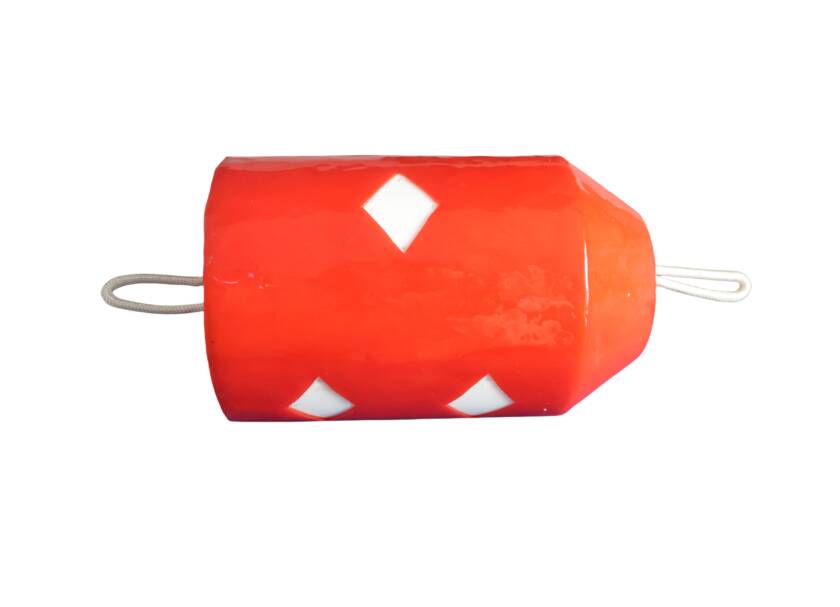
The advantages of polyurethane foam pipe cleaner are precise mold molding dimensions, good wear resistance, and long effective running distance; but there are also problems such as the need for more molds, high production costs, and expensive raw materials. The insulation layer-polyurethane foam is applied to the anti-corrosion layer of the steel pipe by on-site pouring pots or prefabricated molding. The method is simple and the work efficiency is fast.
Polyurethane foam pipe cleaners have many excellent features and are suitable for pipeline cleaning and maintenance. Here are some of the main features:
1. High elasticity:
Polyurethane foam has excellent elasticity and can adapt to various pipe inner diameters, ensuring close contact with the inner wall of the pipe to achieve better cleaning results.
2. Wear resistance:
Polyurethane materials are wear-resistant and can withstand frequent use without damage, extending the service life.
3. Chemical stability:
It has good tolerance to a variety of chemical media is suitable for pipeline cleaning in petroleum, chemical, food, and other industries, and is anticorrosive.
4. Portability:
Polyurethane materials are lighter, easier to operate and transport, and reduce labor costs and labor intensity.
5. Good adsorption:
The foam structure can effectively absorb grease, dirt, and other deposits in the pipeline to improve the cleaning effect.
6. Environmental protection:
Polyurethane materials are recyclable and have less impact on the environment after use, meeting environmental protection requirements.
7. Cost-effectiveness:
Although the initial investment may be high, long-term use can reduce maintenance costs due to its durability and effectiveness.
3. How to use it

1. Preparation
Tools and materials: Make sure you have a pipe cleaner, a push rod (if necessary), gloves, goggles, etc.
Check the pipeline: Before starting, carefully check the pipeline status to ensure that there is no obvious damage or leakage.
Close the valve: Make sure the valve of the pipeline system will not let liquid flow.
2. Insert it
Choose a suitable pipe cleaner: Choose a suitable sponge pipe cleaner according to the diameter and length of the pipeline.
Alignment: Align the front end of the pipe cleaner with the pipeline entrance to ensure that there are no obstacles blocking it.
Slow insertion: Gently push the pipe cleaner into the pipeline, avoiding violent movements to avoid damaging the equipment.
3. Push it
Use the push rod: If necessary, you can use the push rod to push the pipe cleaner deeper into the pipeline. Ensure the stability of the push rod to avoid slipping.
Air pressure or hydraulic assistance: In the case of long pipelines or severe blockage, air pressure or hydraulic devices can be used to help push.
Regularly check the progress: During the pushing process, check the progress of the pipe cleaner regularly to ensure smooth passage.
4. Cleaning process
Push to the end: Continue to push the pipe cleaner until it reaches the other end of the pipeline or the predetermined cleaning area.
Maintain appropriate speed: Maintain a uniform speed during pushing to ensure that the pipe cleaner is in full contact with the inner wall of the pipeline for effective cleaning.
5. Remove it
Pull out slowly: After cleaning, slowly pull the pipe cleaner out of the pipeline to avoid damage caused by sudden force.
Check the cleaning effect: After removal, check the surface of the pipe cleaner to check the attached dirt and sediment to evaluate the cleaning effect.
6. End and clean up
Clean the pipe cleaner: Use water or appropriate detergent to clean the pipe cleaner to remove residues.
Record data: Record relevant data during the cleaning process (such as usage time, cleaning effect, etc.) for subsequent maintenance.
Precautions
Avoid over-pushing: During the pushing process, do not use excessive force to avoid damage to the pipeline.
Check the pipeline regularly: Before and after using the pipe cleaner, regularly check the overall condition of the pipeline to detect potential problems in time.
Follow safety regulations: Ensure a safe operating environment and follow relevant safety operating regulations to protect personal safety.


